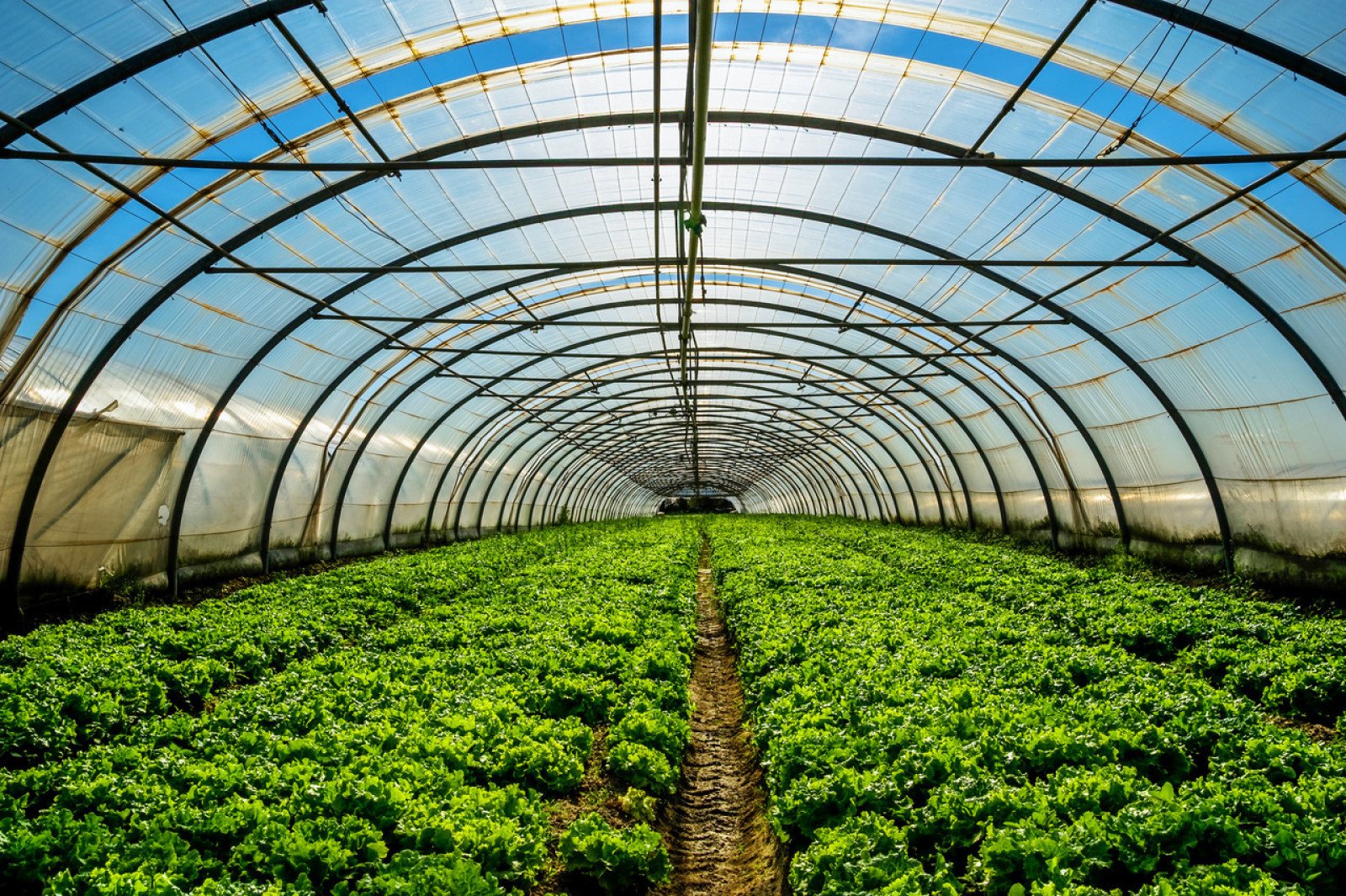Greenhouse: true or false?
Students learn about growing food in greenhouses through an active exercise.

Overview
True or false? Learn about greenhouses, how we can grow local food, and how artificial light and heat use energy.
Instructions
What you'll need
- Print the “Greenhouse true or false” teacher handout
- Activity space to allow students to move easily (could be the classroom, gym or outside)
- Explain to your students that people, plants, and animals all need light to feel better and grow, including pros and cons of natural versus artificial light.
- Ask students to share who has seen a greenhouse before, and what it's used for.
- In the activity space chosen, assign one side of the room to be “true” and another “false”.
- Explain to the students that you will read out a statement about greenhouses. Each student decides if it’s true or false and moves to that side of the room.
- Students start by standing in the centre of the room. Using the “Greenhouse true or false” teacher handout, read a statement and wait for the students to move to the “true” or “false” side. Then, debrief each statement with the students.
- Repeat step 5 until all the statements have been read.
- Wrap up by asking students to share some of the pros and cons of greenhouses.
Modify or extend this activity
- As a class, consider some of the cons of greenhouses like light pollution, and use of natural gas for heating. Research alternative solutions to solve the issues, like enclosing the greenhouse at night or using renewable energy.
- Visit a greenhouse and/or a farm to experience how food is grown.
Curriculum Fit
Grade 5 Social Studies
Big ideas and content
- Natural resources continue to shape the economy and identity of different regions of Canada
Curriculum competencies
- Use Social Studies inquiry processes and skills to — ask questions; gather, interpret, and analyze ideas; and communicate findings and decisions
Grade 5 Science
Content
- Nature of sustainable practices around BC’s resources
Curriculum competencies
Questioning and predicting
- Demonstrate a sustained curiosity about a scientific topic or problem of personal interest and make predictions about the findings of their inquiry
Processing and analyzing data and information
- Experience and interpret the local environment
Assessments
- Assess students’ participation and ability to think independently during the true and false game.
- Assess students’ ability to listen and interpret the information.
- Assess students’ understanding of the pros and cons of using greenhouses to grow food.
Teaching Notes
Plants move
Their roots grow down (or laterally) and the aerial parts grow towards natural or artificial light. The process of photosynthesis uses light energy to turn carbon dioxide and water into sugars, which the plant uses. Essentially, the plant needs to find light to get food.
Natural versus artificial light
Although plants will grow under artificial light, studies have shown that they prefer natural light which has a perfect balance of wavelengths necessary for plant growth. Use of artificial light (greenhouses and in underground spaces) is a growing industry. Benefits include the ability to grow local food throughout the year, however, there are impacts on energy, and light pollution.
Natural light can benefit our health and save energy.
Natural light:
- Helps improve mental health
- Improves sleep
- Increases ability to concentrate and learn
- Helps our bodies to produce vitamin D which help us build and maintain teeth and bones and absorb calcium
- Saves energy as we can turn off the artificial lighting
Keep blinds or curtains open to let in natural light during the day instead of turning on the lights.
LED lighting
LED light bulbs have a long lifetime and use 75% less energy than incandescent light bulbs. There is also a range of colours available for LED bulbs, ranging from a soft yellow to a bright daylight, which can provide an alternate to natural light. Go to bchydro.com for more information on LED lighting.






